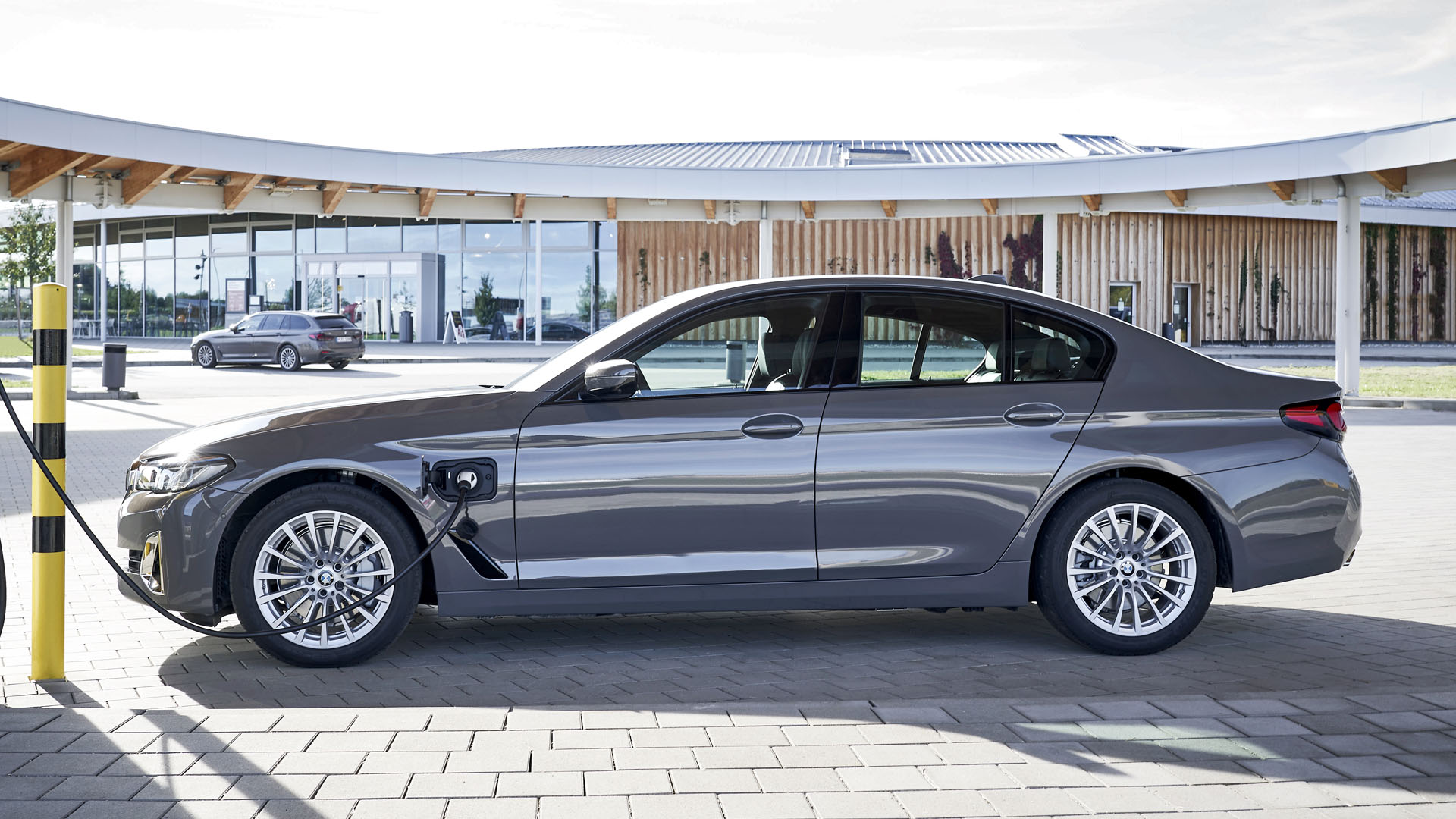

We don’t often talk about how European emissions regulations influence the cars we get from European automakers, but sometimes it’s worth talking about. There’s one part of the new Euro7 emissions regulations, identified as Euro7G, that sticks out. It has to do with plug-in hybrids. In effect, the legislation wants to geofence the vehicles into only using electric power in certain city centers that are classified as zero-emissions zones. From a driver’s perspective, that would mean your vehicle’s engine would shut off when you’re in a zero emissions zone, and it wouldn’t turn back on again until you leave it.
On paper, PHEVs are cleaner than normal combustion-engined cars because they use electric power whenever possible such as on short trips or in traffic. This ideally means that the engine is used less often. The Euro7 legislation aims to address concerns with that theory. Primarily the concern that many individuals who own PHEVs do so because of tax benefits or other incentives and almost never use the onboard electric power, only the combustion engine.
Geofencing would force the utilization of electric power in city centers where governments want to reduce emissions in the interest of public health. It’s proposed that, if a car didn’t have enough juice to enter or maintain full-electric mode, a vehicle would have five kilometers (about 3 miles) to get out of the zone before the car was forced to halt. It’s unclear what happens after that.

According to Autocar, Toyota thinks that this geofencing will affect all PHEVs built after July 1, 2025, when Euro7 comes is enacted. Others believe only those who chose to make their vehicles Euro 7G compliant will have to comply. Needless to say, automakers are generally unhappy with Euro7G and Euro7 more broadly.
Could something like this ever happen in the United States? I’m not so sure. A big problem in Europe is the proliferation of diesel-powered passenger cars that make the air quality in European cities markedly poorer than their American counterparts. The WHO reported in 2016 that more than 60% of European cities failed to meet its guidelines for adequate air quality, as compared to just 20% in North America. In other words, it’s a bigger problem over there.
Likewise, I don’t see the idea gaining much traction federally due to political differences in the way our respective governments work. An EPA regulation mandating such a rule could be mired in federal courts as special interests take issue with it. Likewise, an attempt to pass such a rule through Congress would doubtlessly be met with opposition, perhaps even bipartisan opposition. A state like California could pass something like this on a smaller scale, but many other states may not think anything of that.
In short, whether or not you use the electric range on your PHEV, I wouldn’t expect geofencing to come to the U.S. anytime soon. Our urban air quality, for the most part, isn’t perceived as poor enough to justify it, and political opposition would be considerable. Especially dirty states or cities might want to try it, but otherwise, it seems unlikely.
Got a tip? Email us at tips@thedrive.com